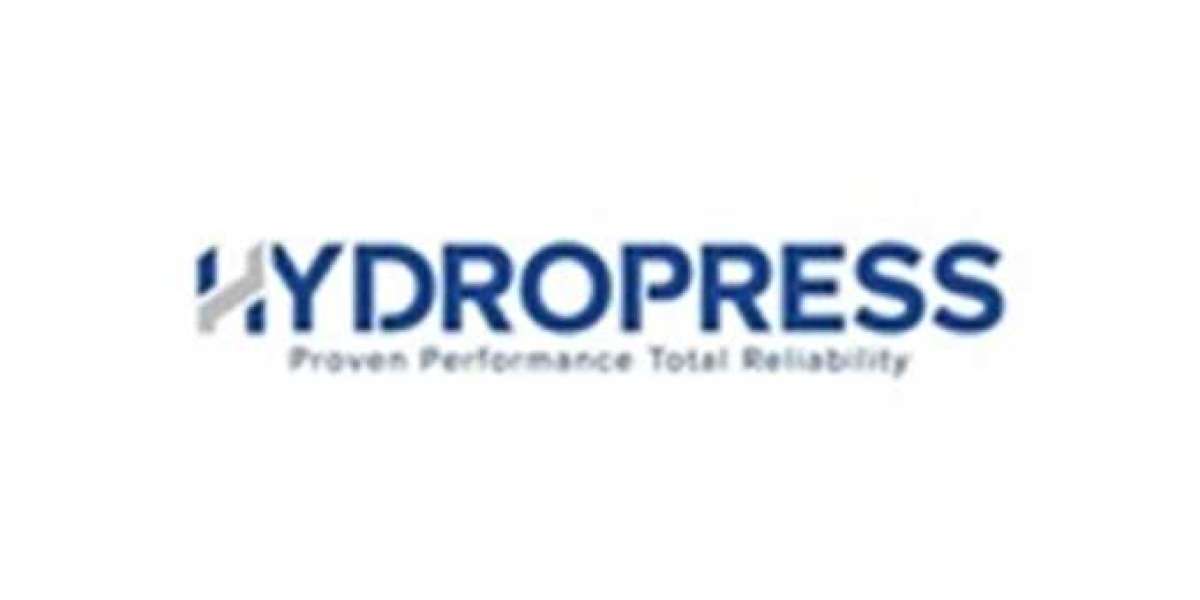Fiber laser welding machines have become increasingly popular in various industries due to their superior performance, precision, and efficiency. These machines utilize fiber-optic technology to generate a highly focused laser beam, making them ideal for welding a wide range of materials. Here’s an exploration of the advantages of fiber laser welding machines and how they enhance welding processes compared to traditional methods.
1. High Precision and Quality
One of the most significant advantages of fiber laser welding machines is their exceptional precision. The focused laser beam can be controlled to a very small diameter, allowing for accurate welds in tight spaces and intricate designs. This level of precision is particularly beneficial in industries such as automotive, aerospace, and electronics, where the quality of welds is critical. The high-quality welds produced by fiber lasers result in minimal distortion and a lower heat-affected zone (HAZ), reducing the risk of warping or damaging adjacent materials.
2. Versatility Across Materials
Fiber laser welders can work with a variety of materials, including stainless steel, aluminum, brass, copper, and titanium. This versatility makes them suitable for numerous applications, from manufacturing and fabrication to repair work. Unlike some traditional welding methods, which may struggle with certain metals or thicknesses, fiber laser machines can handle dissimilar materials effectively, providing strong, reliable joints. This capability is invaluable in sectors that require joining different types of metals, such as the automotive and aerospace industries.
3. Speed and Efficiency
Fiber laser welding machines are known for their speed. The rapid welding process significantly reduces cycle times, enhancing productivity in manufacturing environments. Fiber lasers can complete welds faster than traditional methods, such as MIG or TIG welding, without compromising quality. This increased speed translates into higher output and reduced labor costs, making fiber laser welding an attractive option for businesses looking to optimize their operations. Additionally, the quick setup and adjustment times required for fiber lasers further contribute to their efficiency.
4. Minimal Maintenance Requirements
Fiber laser machines are designed with low maintenance needs. The use of fiber optics eliminates the need for mirrors, which can require regular alignment and cleaning in traditional laser systems. This aspect reduces downtime and maintenance costs, allowing companies to allocate resources more effectively. Additionally, fiber lasers have longer operational lifespans than many traditional welding systems, enhancing their reliability and reducing the frequency of replacements.
5. Improved Safety Features
Safety is a paramount concern in any welding operation, and fiber laser welding machines offer several safety advantages. They typically operate at lower power levels than other welding methods, which can reduce the risk of burns or fire hazards. Moreover, fiber lasers produce minimal fumes and spatter, creating a cleaner working environment. Many machines are equipped with advanced safety features, including automatic shutoff systems and protective enclosures, which help ensure the safety of operators and nearby personnel.
6. Cost-Effectiveness
Although the initial investment in a fiber laser welding machine may be higher than that of traditional welding equipment, the long-term cost benefits can be substantial. The combination of speed, efficiency, and low maintenance costs contributes to an excellent return on investment. The reduction in labor costs due to faster welding processes and less need for post-weld finishing also enhances the overall cost-effectiveness. For businesses dealing with high-volume production, the ability to produce high-quality welds quickly and reliably can lead to significant savings over time.
7. Environmentally Friendly
Fiber laser welding is generally more environmentally friendly compared to traditional welding methods. The process produces fewer emissions and less waste, contributing to a reduced environmental footprint. Since fiber lasers use electricity rather than gas, they eliminate the need for fuel consumption and associated emissions, making them a more sustainable option for welding operations.
Comparing Fiber Laser Welding to Traditional Methods
While traditional welding methods like MIG, TIG, and stick welding have their own merits, they often require more extensive setups, longer processing times, and more significant skill levels to produce high-quality results. Fiber laser welding machines, with their ease of use and precision, can streamline operations and produce consistent results across various materials and thicknesses.
In conclusion, fiber laser welding machines offer numerous advantages, including high precision, versatility, speed, and low maintenance. These machines enhance welding processes and provide significant cost savings over time, making them a worthwhile investment for businesses in various industries. Whether you are looking to improve production efficiency or achieve higher-quality welds, a fiber laser welding machine is an excellent choice that can meet a wide range of welding needs.










